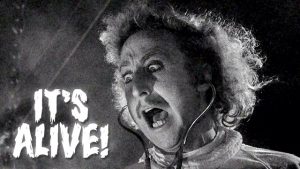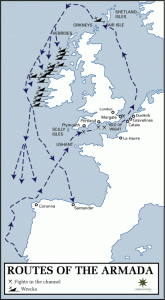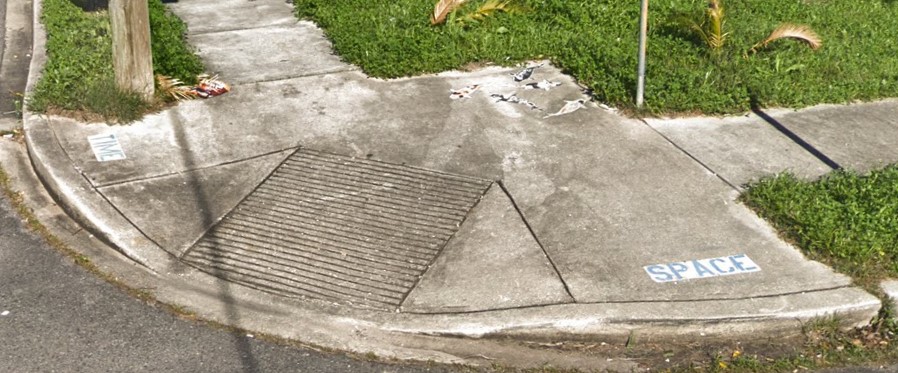Forty years ago, when I asked my mother about her grandparents, her response summed up the Irish outlook of those days:
“What do you want to know about them for? Sure aren’t they all dead?”
This is not to say that family was unimportant. Far from it. My mother and her sisters could spend hours knitting together second and third cousins and neighbours and the in-laws of in-laws. In a tribal society nothing is more important than who your relatives are. Obviously, common ancestry determines the relationship, but that’s its only importance.
This makes for a peculiar relationship with the past. On the one hand, we’re drenched in it. Every rock in every field has its own name, history and controversy, and the issues that fueled politics and rebellion two centuries ago still underlie Irish politics today. For better or worse, history is no bewigged pageant here. It’s alive.

On the other hand, we have very little sentiment about what we inherit. In the space of little more than a century, we’ve shed a national language and a national religion, two national currencies, as well as membership of a kingdom, an Empire and a Commonwealth. In the last decade alone we’ve re-invented ourselves as business moguls, four-hour commuters, consumerist party animals, abortion-friendly LGBT celebs … Who knows what’s next?
With change at this pace, eventually even the strongest roots begin to shrivel, and the past acquires the rosy glow of distance. For most Irish today, the tribe is not as straightforward as it used to be, and one way the difference is showing is how Irish genealogy is seen in Ireland. It’s no longer the preserve of the blue-rinsed or the tartan-trousered.
So fear no more. When you tell someone Irish you’re researching your ancestors, they’re no longer likely to question your sanity.

